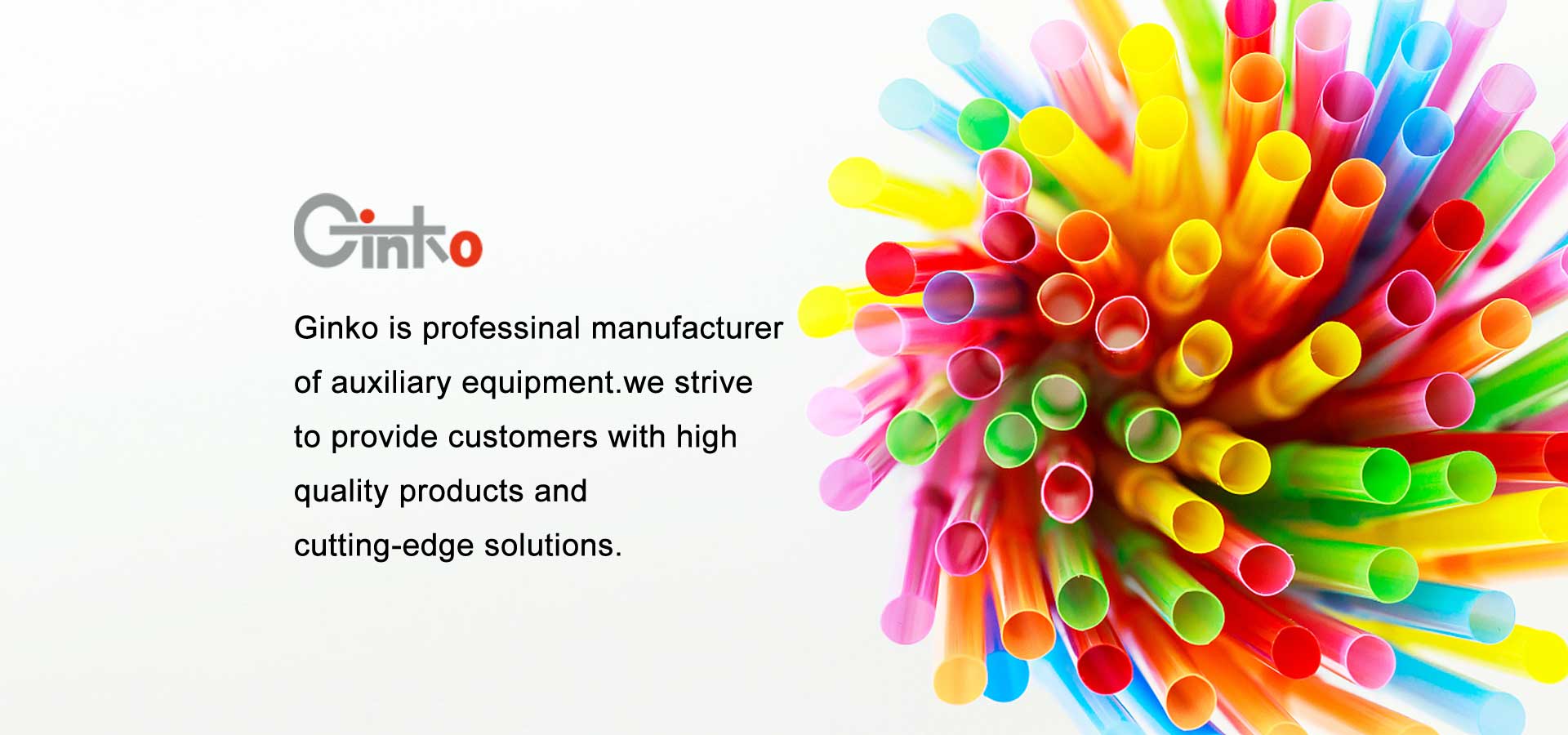Technical parameters to be considered when selecting a mold temperature machine
2018-10-11
(1) Water mold temperature machine
When the temperature requirement of the mold does not exceed 95 °C, the working mode of the mold temperature machine is non-closed; when it is higher than 95 °C, the closed working mode must be selected to ensure a certain pressure inside the system to avoid evaporation of the heat transfer medium.
When the mold is at a high temperature, such as: thermoplastic material in the injection molding process, accurate and rapid heat transfer is necessary. This is a worrying product for products with high precision requirements. Based on the limited internal space of the hot runner of the general model, the hot water mold temperature machine is more suitable than the oil mold temperature machine. When the temperature reaches 200 ° C and the pressure is 16 Bar, the superiority of the water mold temperature machine is more prominent.
The temperature control range of the water mold temperature machine is: 5 °C ~ 200 °C.
(2) Oil mold temperature machine
The temperature control range of the oil mold temperature machine ranges from 45 °C to 350 °C. According to the temperature control needs you need, Hengrui Machinery offers a variety of series for you to choose.
The temperature of the non-closed oil mold temperature machine can be as high as 200 degrees. It is considered that some thermally conductive media will undergo pyrolysis at 200 °C. Therefore, the pyrolysis reaction humidity of the heat transfer medium selected by the series of mold temperature machines is higher than 200 ° C, so that the pyrolysis reaction will cause the decomposed carbon to be attached to the surface of the heat medium, thus reducing the thermal conductivity of the medium. The humidity of the mold is not well controlled.
Based on the pyrolysis reaction of oil at high temperature, safe measures should be taken to avoid the pyrolysis reaction when the oil temperature is higher than 200 °C. If necessary, check the flow rate of the heat transfer medium. If the flow rate is too low, the system should have automatic Shutdown function.
In addition, oxidation of the heat transfer medium should be avoided. Oxidation increases the viscosity of the medium and reduces the thermal conductivity of the medium, which also affects the temperature control of the mold. Therefore, when pouring oil into the fuel tank, the oil should be poured slowly and the medium temperature should be set at about 100 °C.
2. Cooling method, second selection criterion
When choosing a machine, you also need to pay attention to the cooling method of the heat transfer medium. The cooling method is divided into direct and indirect. The indirect cooling method uses a cooling circuit separate from the main circuit. The heat transfer medium used in this cooling method is generally oil type. The heat of the cooling medium is absorbed by the heat medium and directly enters the exchange valve. The indirect cooling method is only used on the oil mold temperature machine. Because the cooling capacity of this kind of cooling method is not strong, the cooling water must be cleaned when using this cooling method, so as to prevent the impurities from clogging the pipeline and affecting the temperature control performance of the machine. .
Advantages of direct cooling:
Disadvantages of indirect cooling: heat is lost in the heat exchanger. Therefore, when the actual temperature of the medium deviates significantly from the set value, we use a direct cooling method with a large cooling capacity. When direct cooling is used, the cooling water enters the circuit directly without the need for a heat exchanger. The use of this cooling method can greatly improve the cooling capacity of the system, and thus the thermal medium can be quickly cooled. An electric valve or multi-segment solenoid valve control can be used to increase the control accuracy of the system. The premise of using the direct cooling method is: closed circuit; the heat transfer medium needs to use clean water.
3. Single loop, double loop, multi loop control system, third selection standard
First, we need to distinguish between single-loop, dual-loop and multi-loop control systems.
The single loop control system is compact and small in size. There are several series according to its temperature control range.
The dual-loop control system is used when the temperature required for the mold and the fixed template is different. The temperature of the two circuits is controlled and the flow rate of the pump is adjusted according to the difference in temperature requirements of the two templates. At the same time, the power supply of the cooling water is connected to the main power supply in the same junction box, so that the size of the whole machine is reduced.
The multi-loop control system contains multiple individual circuits, each of which is used to control different temperatures required during the molding phase of the product. Therefore, the system can achieve perfect results for the technical products of the special process of controlling the complex structure of the product.
When the temperature requirement of the mold does not exceed 95 °C, the working mode of the mold temperature machine is non-closed; when it is higher than 95 °C, the closed working mode must be selected to ensure a certain pressure inside the system to avoid evaporation of the heat transfer medium.
When the mold is at a high temperature, such as: thermoplastic material in the injection molding process, accurate and rapid heat transfer is necessary. This is a worrying product for products with high precision requirements. Based on the limited internal space of the hot runner of the general model, the hot water mold temperature machine is more suitable than the oil mold temperature machine. When the temperature reaches 200 ° C and the pressure is 16 Bar, the superiority of the water mold temperature machine is more prominent.
The temperature control range of the water mold temperature machine is: 5 °C ~ 200 °C.
(2) Oil mold temperature machine
The temperature control range of the oil mold temperature machine ranges from 45 °C to 350 °C. According to the temperature control needs you need, Hengrui Machinery offers a variety of series for you to choose.
The temperature of the non-closed oil mold temperature machine can be as high as 200 degrees. It is considered that some thermally conductive media will undergo pyrolysis at 200 °C. Therefore, the pyrolysis reaction humidity of the heat transfer medium selected by the series of mold temperature machines is higher than 200 ° C, so that the pyrolysis reaction will cause the decomposed carbon to be attached to the surface of the heat medium, thus reducing the thermal conductivity of the medium. The humidity of the mold is not well controlled.
Based on the pyrolysis reaction of oil at high temperature, safe measures should be taken to avoid the pyrolysis reaction when the oil temperature is higher than 200 °C. If necessary, check the flow rate of the heat transfer medium. If the flow rate is too low, the system should have automatic Shutdown function.
In addition, oxidation of the heat transfer medium should be avoided. Oxidation increases the viscosity of the medium and reduces the thermal conductivity of the medium, which also affects the temperature control of the mold. Therefore, when pouring oil into the fuel tank, the oil should be poured slowly and the medium temperature should be set at about 100 °C.
2. Cooling method, second selection criterion
When choosing a machine, you also need to pay attention to the cooling method of the heat transfer medium. The cooling method is divided into direct and indirect. The indirect cooling method uses a cooling circuit separate from the main circuit. The heat transfer medium used in this cooling method is generally oil type. The heat of the cooling medium is absorbed by the heat medium and directly enters the exchange valve. The indirect cooling method is only used on the oil mold temperature machine. Because the cooling capacity of this kind of cooling method is not strong, the cooling water must be cleaned when using this cooling method, so as to prevent the impurities from clogging the pipeline and affecting the temperature control performance of the machine. .
Advantages of direct cooling:
Disadvantages of indirect cooling: heat is lost in the heat exchanger. Therefore, when the actual temperature of the medium deviates significantly from the set value, we use a direct cooling method with a large cooling capacity. When direct cooling is used, the cooling water enters the circuit directly without the need for a heat exchanger. The use of this cooling method can greatly improve the cooling capacity of the system, and thus the thermal medium can be quickly cooled. An electric valve or multi-segment solenoid valve control can be used to increase the control accuracy of the system. The premise of using the direct cooling method is: closed circuit; the heat transfer medium needs to use clean water.
3. Single loop, double loop, multi loop control system, third selection standard
First, we need to distinguish between single-loop, dual-loop and multi-loop control systems.
The single loop control system is compact and small in size. There are several series according to its temperature control range.
The dual-loop control system is used when the temperature required for the mold and the fixed template is different. The temperature of the two circuits is controlled and the flow rate of the pump is adjusted according to the difference in temperature requirements of the two templates. At the same time, the power supply of the cooling water is connected to the main power supply in the same junction box, so that the size of the whole machine is reduced.
The multi-loop control system contains multiple individual circuits, each of which is used to control different temperatures required during the molding phase of the product. Therefore, the system can achieve perfect results for the technical products of the special process of controlling the complex structure of the product.





